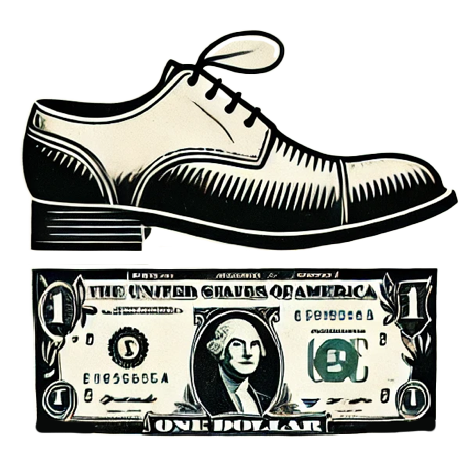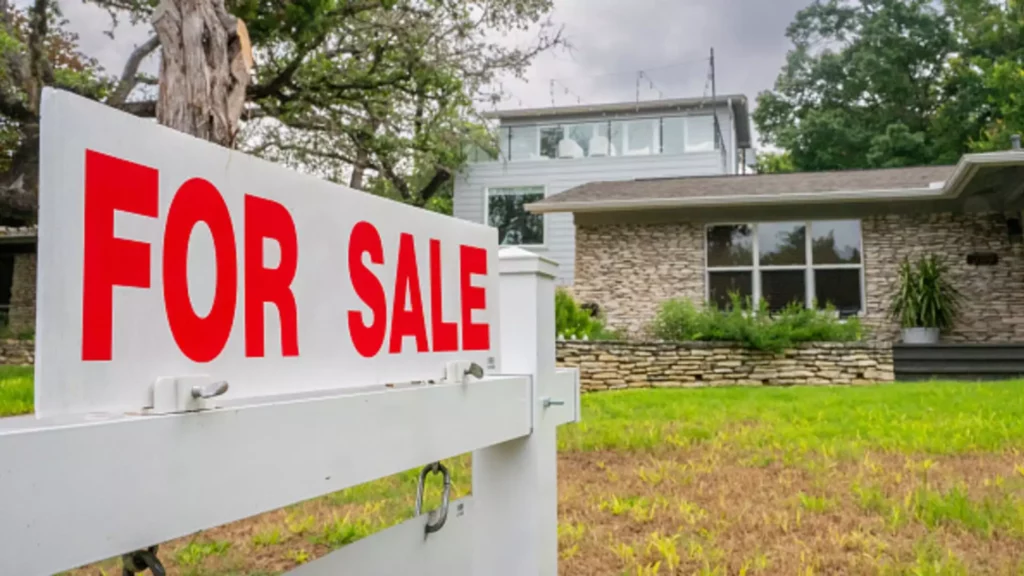As 2024 draws to a close, the housing market presents a mixed bag of trends that encapsulate both opportunities and concerns for potential buyers and sellers alike. According to recent analyses, there has been a significant uptick in housing supply, contrasted by an unsettling amount of unsold and stagnant listings. Understanding these dynamics is critical for anyone engaging in the real estate sector, especially as we brace for the developments of 2025.
Increased Inventory vs. Stagnation
Reports indicate that the availability of active listings increased by 12.1% in November compared to the same month in 2023, achieving levels not seen since 2020. This surge paints a picture of a more accessible market for buyers, yet the details reveal a more complex scenario. Over half of the available homes—54.5%—have lingered on the market for a minimum of 60 days, marking an alarming trend. Such a high percentage of stale listings not only signals potential overpricing but also reflects changes in buyer behavior and market sentiment since the onset of the pandemic.
Real estate professionals suggest that the nature of the listings plays a crucial role in this stagnation. Agents cite that homes that are either poorly condition or incorrectly priced experience a significant delay in sales. Meme Loggins, a Redfin agent, emphasizes the importance of realistic pricing, remarking that well-priced, well-maintained homes are experiencing rapid sales, often within just a few days. Conversely, listings that fail to reflect their true market value can sit unsold for months, contributing to the overall inertia in the market.
Compounding these challenges are rising mortgage rates, which surpassed 7% in October and have largely remained elevated. As a result, many potential buyers are finding themselves priced out of the market, leading them to reconsider home ownership altogether. The latest data from S&P CoreLogic Case-Shiller corroborates this sentiment, revealing national home prices rose by 3.6% year-over-year in October.
In an environment of higher mortgage rates, the psychological impact on buyers cannot be underestimated. Many prospective homeowners have shifted their expectations, acclimatizing to a perceived ‘new normal’ in which elevated interest rates become the standard. Lawrence Yun, chief economist at the National Association of Realtors, highlighted that buyers are adapting, showcasing a readiness to negotiate and engage with the market as it transitions away from previous seller-favorable conditions.
Despite the unsettling numbers revealing stagnant inventory and rising interest rates, there remains an underlying demand for housing. Pending home sales—reflective of contracts signed for existing homes—saw increases both monthly and annually, suggesting some recovery momentum after a period of economic sluggishness thrown off by earlier interest rates hikes.
However, this uptick must be contextualized within a broader economic landscape. The political and economic uncertainties facing prospective buyers have underscored the need for market stability. Brian Luke from S&P Dow Jones Indices observed that recent data indicated a rally in equity markets post-elections, expressing hope that similar waves of optimism might permeate the housing sector, leading to heightened consumer confidence.
Long-Term Implications and Seller Lock-In Effect
As we move into 2025, the underlying difficulties facing the housing market pose questions about its sustainability and adaptability. Though increased supply may ease some market pressures, the ongoing elevation in housing costs, compounded by stagnant wage growth and high interest rates, means that many renters plan to remain in their current living situations for a longer period.
The phenomenon of the ‘seller lock-in effect,’ where homeowners resist moving due to the desire to retain lower mortgage rates from previous purchases, has started to show some signs of easing. Nevertheless, this adjustment largely remains tied to personal life events or financial needs to access home equity. As inventory levels rise without a corresponding uptick in sales, indications suggest that the housing market might be gearing up for further turbulence as costs continue their climb.
As we reflect on the state of the housing market at the close of 2024, it is evident that while there are opportunities arising from increased inventory, the specter of stagnation looms large. Increasing mortgage rates coupled with the psychological effects they impose on buyers create a challenging environment. The transition into 2025 will be pivotal as real estate stakeholders navigate these dynamics, striving to adapt to changing economic conditions while fostering a responsive market environment.

